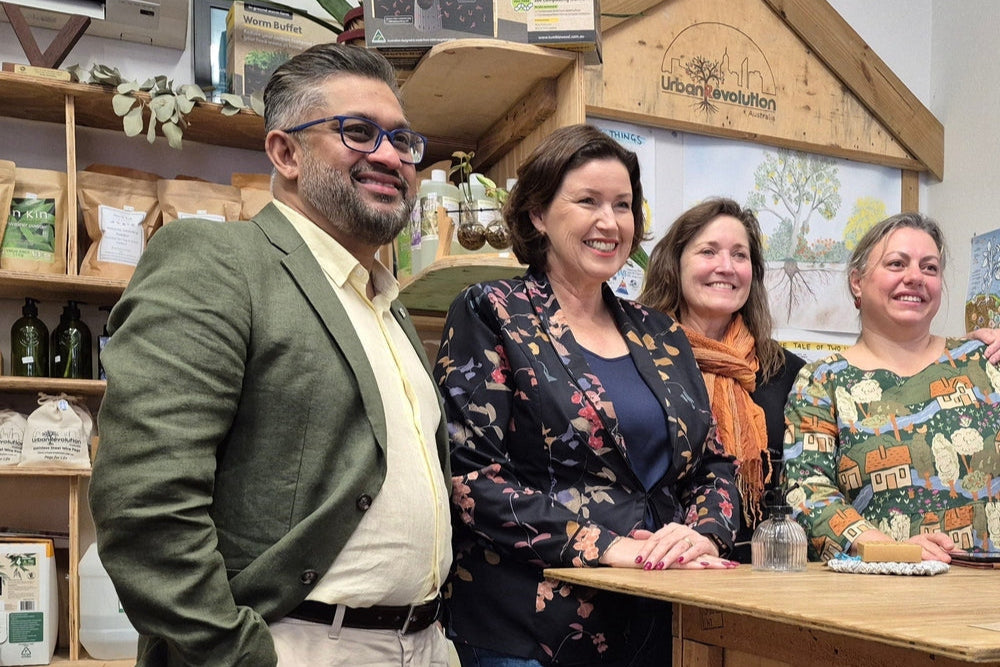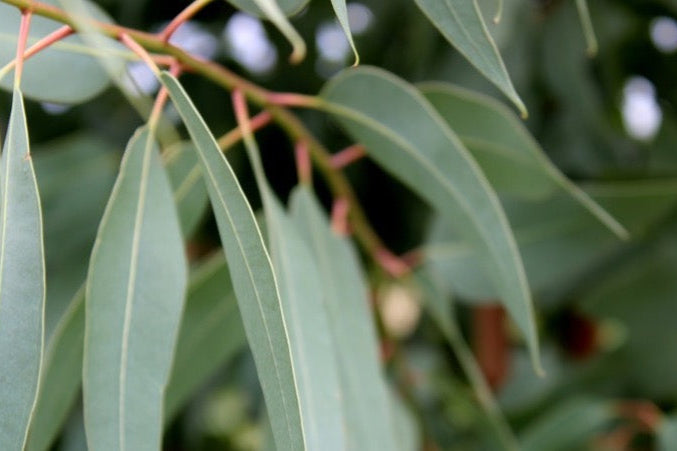Just like people have preferences for which people they want to be around, plants also have preferences for other plants! Companion planting is an important garden design element to make sure that your plants are helping each other grow, and making sure you don't have any crops that are unknowingly holding your veggie garden back.
What Is Companion Planting?
Companion planting is a very useful design tool when gardening organically. It uses the relationships between plants and insects, and growing plants near to other types of plants that help them in some way. Choosing to grow certain plants near to each other can actually help your garden grow stronger, healthier, and more flavoursome and nutritious!

Why Use Companion Planting?
- Increases diversity in your garden
- Group plants that need the same light, soil, and water conditions
- Companion plants will balance and/or provide for each other's needs to be healthier, stronger, and require less maintenance
- Planting decoy plants distracts insects from crops
- Certain plants will repel pests with an unpleasant scent or taste or disguise plants with volatile oils
- Attract beneficial insects with smell, texture, and colour to benefit your crops
- Complementary root systems and plant forms ensure plants have space to grow companionably together

Some Companion Planting Pointers
Pests recognize their food by either its shape or its scent. Most of our gardens are like supermarkets to pests; if you plant your vegetables and herbs in a straight neat weedless row then the pests wander up and down taking a bit of this and a bit of that. You need to confuse your pests. Don't plant your food in straight rows. Mix your plantings up so you don't have blocks of any one shape or scent that are similar. Plant flowers among your vegetables and plant vegetables among your flowers. This will give you a productive and beautiful pest deceiving garden. Planting strong smelling plants like nasturtiums, wormwood, rosemary and lavender nearby will also help confuse your pests.
- Having strong scented plants like lavender, thyme, and scented geraniums around a garden bed produce oils that disguise the plants that pests are looking for.
- Herbs like Tansy and Wormwood produce a taste that is unpleasant and may drive pests away. Some contain natural benefits like Fennel, Chamomile or Pyrethrum.
- Planting decoys such as Calendulas will attract insects like slugs and snails and take their attention away from your veggies.
- Add strong smelling herbs like Borage and Bergamot to attract beneficial insects into the area. Adding these will make your veggie garden balanced and beautiful to see and smell.
- Nasturtium are useful in large garden beds as they keep insects away. Good near cucumbers, zucchini and squash.
- Basil is said to repel flies and mosquitos; plant near tomatoes, asparagus and beans.
- Thyme attracts bees which are needed for pollination.
- Spring Onions, Garlic, Chives and Onions help to repel sap sucking pests such as aphids.
- Catnip is good for controlling beetles and fleas.
There are a few examples of ancient companion planting garden designs that you can use as a template. One example is the Three Sisters Garden, where corn, beans, and squash/pumpkin actively work together to provide a healthy, nutritious, and thriving veggie garden. Read more about this garden in our November Plant Spotlight: Corn and The Three Sisters Garden.

Companion Planting List
Crop |
Companions |
Stay Away From |
| Beans | Celery, cucumber, corn, squash | Onion, fennel |
| Beets | Bush beans, lettuce, onion, kohlrabi, cabbage | Pole beans, mustard |
| Cabbage | Celery, dill, onion, potato, rosemary, sage, thyme | Strawberry, tomato, pole beans |
| Carrot | Chervil, chive, lettuce, onion, pea, sage, radish, tomato | Dill |
| Celery | Dill | Beans, tomato |
| Cucumber | Beans, peas, corn, radish, dill, nasturtium, sunflower | Aromatic herbs, potatoes |
| Dill | Celery | Beans, tomato |
| Fruit tree | Basil, borage, chive, nasturtium, tansy | |
| Lettuce | Onions, strawberry, radish, carrot, cucumber | |
| Okra | Capsicum, chilli, eggplant | |
| Onion | Lettuce, beetroot, strawberry, tomato | Peas, beans |
| Peas | Carrot, cucumber, corn, turnip, radish, beans, potatoes, aromatic herbs | Onion, garlic, leek, shallots |
| Radish | Beetroot, carrot, spinach, parsnip, cucumbers, beans | Cabbage, cauliflower, Brussels sprouts, broccoli, turnips |
| Tomato | Basil, bergamot, borage, celery, dill, garlic, marigold, carrot, parsley, onion | Cabbage, cauliflower |
| Strawberry | Bean, borage, lettuce, spinach, thyme | |
| Squash / Pumpkin | Cucumber, corn, beans, borage | |
| Pea | Beetroot, carrot, corn, lovage, parsley, spinach |

Companion planting is a great thing to research and consider when planning and preparing your next season's garden. Talk to our knowledgeable team at Urban Revolution any time for advice on planning your garden, or for tools and organic, heirloom seeds.
Other great ideas to incorporate into your gardening for a more successful crop include:
- Grow the next season's crops early in homemade biodegradable newspaper pots to give your seedlings a strong start and have them ready to go when the time is right to plant them out. Read more about this in this article on Step-By-Step How To Make Biodegradable Seedling Pots.
- Use seedling flats to grow strong seedlings and incorporate succession planting to have your crops mature one after the other and lengthen your harvesting period. Read more about this in our article How To Sow Seeds Using A Seedling Flat.






Leave a comment (all fields required)